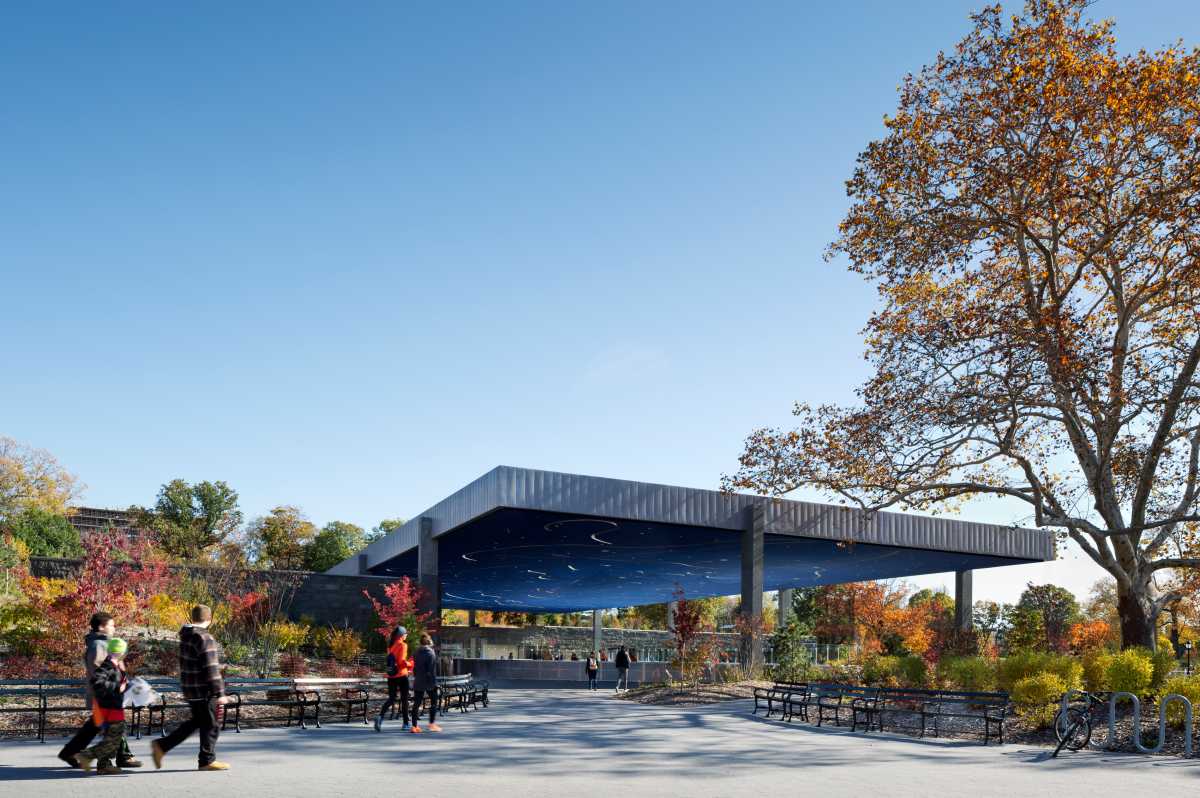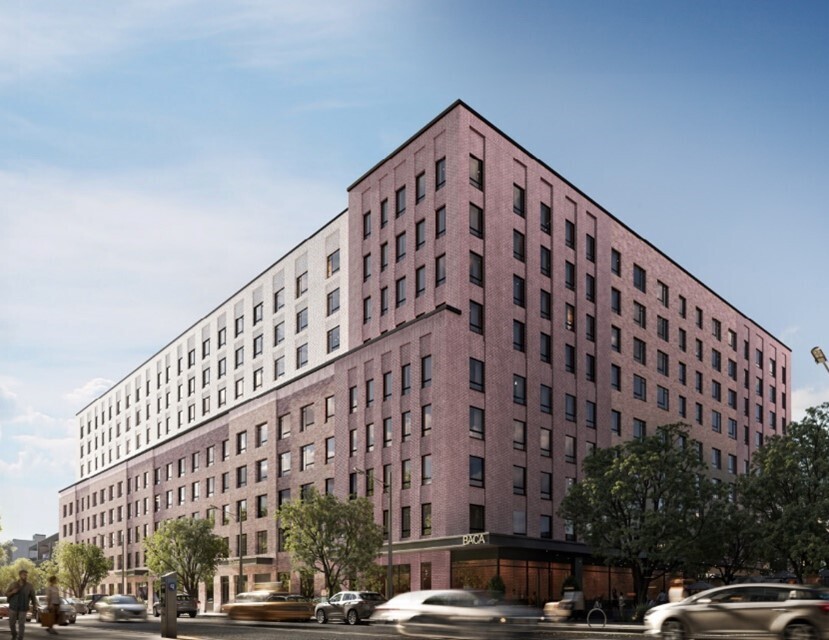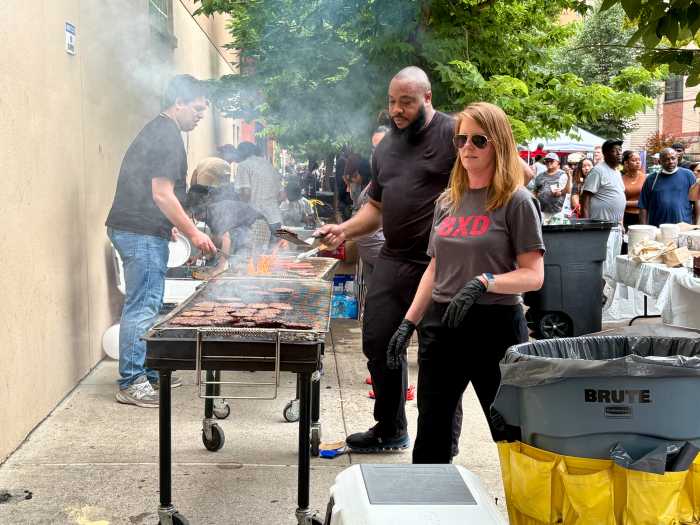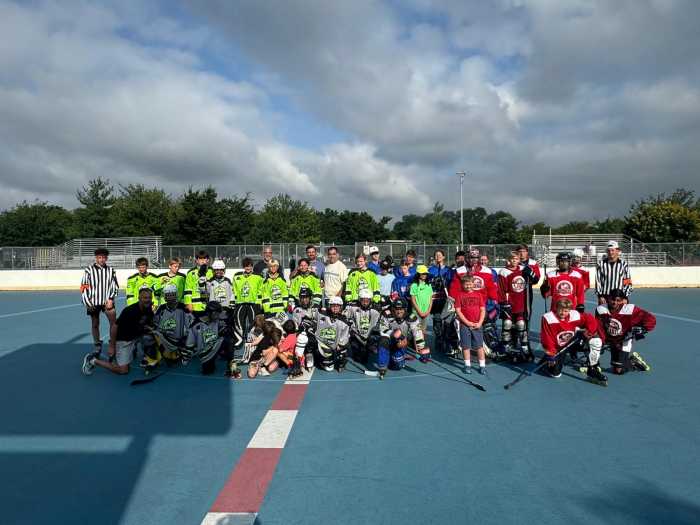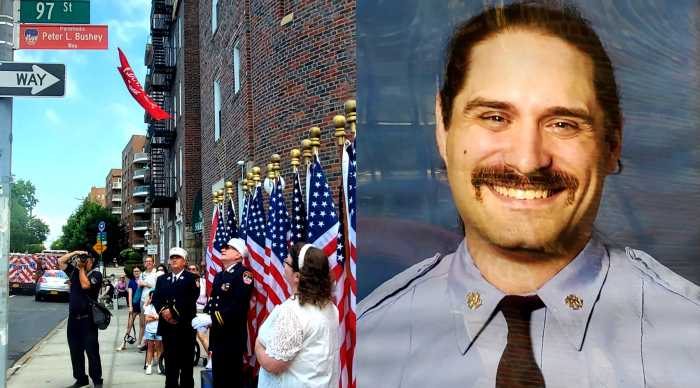The novel coronavirus pandemic has upended almost every aspect of life in 2020 but nowhere has suffered so many disruptions quite like New York City schools. From the sudden shift to remote learning, the city’s teacher union threatening to strike, to the twice-delayed reopening of schools for in-person classes here are some of this year’s most important education stories since the pandemic hit:
After mounting pressure, Mayor Bill de Blasio closes all New York City public schools forcing thousands to shift to remote learning–March 15, 2020.
On March 15, three days after de Blasio declared the city in a state of emergency due to the novel coronavirus, the mayor announced all public schools would shutter and students would begin to take their classes fully online to further mitigate the spread of the virus. Critics argued de Blasio dragged his feet in closing public schools which parents, teachers, and union leaders had called for days earlier. The system-wide closure was at first only meant to last a little over a month, until April 20, with de Blasio expressing concerns that the longer schools stayed closed the more difficult it would be to reopen them. Back then, the mayor anticipated the pandemic would only be a “six-month crisis” for city, state, and nation. He was sadly mistaken, and schools did not reopen again for all students until October.
The Department of Education finally publishes the number of COVID-19 related deaths among staffers–April 15, 2020.
As the pandemic ravaged the city, de Blasio and Governor Andrew Cuomo released daily numbers on new cases, hospitalizations, and deaths. New Yorkers religiously tuned into press conferences or checked social media for updates as numbers increased to the point where ambulance sirens blared day and night transporting COVID patients to overfilled hospitals. The Department of Education remained silent for a month as parents and teachers called for the agency to report positive cases of the virus and deaths among school staffers. As New York City public school communities waited, the city’s teacher union, the United Federation of Teachers, released its own COVID-19 death tally, during the height of the pandemic. DOE officials finally began releasing weekly updates on coronavirus-related deaths among department employees on April 15. The department claimed 78–74 of them school-based–total employees died after contracting the virus, according to its last weekly update in early June.
Mayor Bill de Blasio and City Schools Chancellor Richard Carranza unveil plan for “blended learning”–July 8, 2020.
During one of his daily COVID-19 press conferences, Mayor de Blasio and Chancellor Carranza announced that the city’s 1.1 million public school students would have the option to either continue to take classes fully remotely or to opt-in a hybrid learning model where students took classes both at home and in physical school buildings. Under the plan, students who chose “blended learning” would take classes in-person for one to three days a week and would continue to take classes online for the remainder of the week. Carranza added that schools would take extra health and safety precautions in order to prevent the spread of the virus which included limiting the number of students in classrooms, requiring all students and teachers to wear masks, and mandating that staff clean down high-contact surface areas multiple times a day.
The Department of Education distributes over 300,000 iPads to public school students–July 20, 2020.
School closures in the spring almost immediately shined a light on the technical divide among public school students as thousands of low-income children particularly those living in shelters or temporary housing struggled to log on to class. To help students access remote classes, the Department of Education ordered thousands of iPads in the spring, 321,000 of which were delivered to students by early July. But the race to get iPads into student hands is ongoing. In October, the department was still missing about 77,000 devices and in November Schools Chancellor Richard Carranza admitted that close 60,000 students who requested devices in September still had not received them. In early December, Carranza updated eager families earlier this month that students who requested DOE devices in the early fall and still had not received them could get them by the start of winter break–Dec. 23.
Governor Andrew Cuomo announces schools can reopen for in-person classes in the fall defying national trend–Aug. 7, 2020.
Governor Andrew Cuomo announced in early July New York schools could reopen for in-person classes in the fall due to low COVID-19 infection rates across the state. Although at the time the state had the highest number of COVID-19 deaths in the country–25,000–by August the transmission rate had fallen to around 1% becoming one of the lowest in the nation. The decision came as leaders in major cities like Chicago, Los Angeles and San Diego chose to keep public school students home in order to not risk increasing COVID-19 transmission rates.
City’s teacher union threatens to authorize strike if public schools deemed unsafe for student and staff return.–Aug. 19, 2020.
President of the United Federation of Teachers Michael Mulgrew threatened to go to court or strike, something the union hasn’t done since the 1970s, if the city did not do more to ensure the safety of teachers and staffers returning to buildings on Sept. 8 and students returning on Sept. 10 as part of the mayor and schools chancellor’s blended learning plan. The threat came soon after parents, teachers, and even some students protested the return to school buildings in the fall arguing the city’s plan to mitigate the spread of the virus in school through staggered classes and increased cleaning fell grossly short. Mulgrew, who actually helped the city craft the reopening plan, then demanded mandatory antibody and COVID-19 tests for students and staff before being allowed to return to schools, sufficient supplies of personal protective equipment, and for union representatives to be allowed to inspect schools.
Mayor Bill de Blasio delays the start of school…twice. –Sept. 21, 2020.
On Sept. 1, ten days before students enrolled in remote and hybrid learning were scheduled to begin classes, Mayor de Blasio pushed back the start of school for three weeks. De Blasio’s decision came the same day the city’s teacher union, the United Federation of Teachers, was set to vote to strike in opposition to the city’s school reopening plan, which president Michael Mulgrew helped create, and avoided a possible job action. De Blasio would again delay the start of remote and in-person classes for most students on Sept. 17. amid outcries from teachers and parents over health and safety issues in schools and a teacher shortage caused by the hybrid model. Now, de Blasio said, students enrolled in blended learning would return to schools in waves with 3-K, Pre-K, and students with special needs returning first followed by grade schoolers, middle schoolers, and then high school students.
In a major shift, Mayor de Blasio and Schools Chancellor Carranza give parents one more opportunity to enroll children in blended learning–Oct. 25,2020.
Public school parents were taken by surprise when de Blasio and Carranza announced that they would only be given one more opportunity to enroll their children into blended learning for the remainder of the school year. For months, both officials assured worried parents concerned over the possibility of their child contracting or spreading COVID in schools as well as the teacher shortage in schools caused by the hybrid model there would be multiple times throughout the fall to opt into blended learning. But officials made the sudden change to school policy in an effort to boost lower than expected attendance rates for in-person learning. Families were given one week, between Nov. 2 and Nov. 15, to opt their child in blended if they desired. About a week after the enrollment period closed, the Department of Education reported that families of about 35,000 additional children had opted their student for the hybrid model bringing the total number of public school students taking part in blended learning to roughly 335,000.
Only a quarter of New York City public school students attending in-person classes–Oct. 26, 2020.
In October, the Department of Education finally released long-awaited attendance data for the city’s public school students which showed just over 280,000 children had attended school in person since schools reopened a month earlier. The number fell far short of the 700,000 students Mayor Bill de Blasio predicted would participate in the hybrid model in the weeks leading up to reopening. In addition, Chancellor Carranza reported that in-person and remote class was at 85.3%, a major drop from last year’s attendance rate of 92%. Average attendance for in-person classes was reported at being around 86% while average remote attendance was 83%.
Public schools close again as COVID-19 infection rate climbs–Nov. 18, 2020.
Public schools closed their door for in-person classes a second time during the pandemic after the city’s COVID-19 positivity rate based on a rolling seven-day reached its reopening plan threshold–3%. Chancellor Carranza sent a letter to public school principals informing them that campuses would close and that all students would shift to remote learning the following day. Officials admitted that they had not yet figured out a second reopening plan with de Blasio later saying that COVID-19 testing would play a much more important role in reopening public schools for in-person classes a second time.
Elementary school and special education students return to in-person classes after second system-wide shutdown–Dec.7, 2020.
In late November, Mayor de Blasio announced that students would return to public schools in phases, again, as part of a second system-wide reopening. The city’s youngest learners as well as grade school and special education students were allowed back into buildings on Dec. 7, but not until their parents or guardian submitted a COVID-19 testing consent form. Prior to the second mass return to school, de Blasio ramped up school-based COVID-19 testing ordering all public schools to test 20% of all students at staff weekly for the virus. It is still unclear exactly when middle and high school students will be allowed to return to school although de Blasio did say it will most likely happen early next year.
City changes selective middle and high school admissions process–Dec. 18, 2020.
After years of mounting pressure, Mayor Bill de Blasio announced the city would change the admissions process of selective middle and high schools in order to address long-standing issues of diversity. The shift would most heavily impact middle schools which would drop all screens for at least one year. Like in years past, middle schools will still be able to give admission priority to students who live within the community district. The city plans to scrap geographic priority for high schools. High schools will not get rid of the academic screens but will allow applying eighth graders to use test scores and grades from 2019 given that state exams were canceled this year and the Department of Education changed grading policy in public schools due to the pandemic.

















